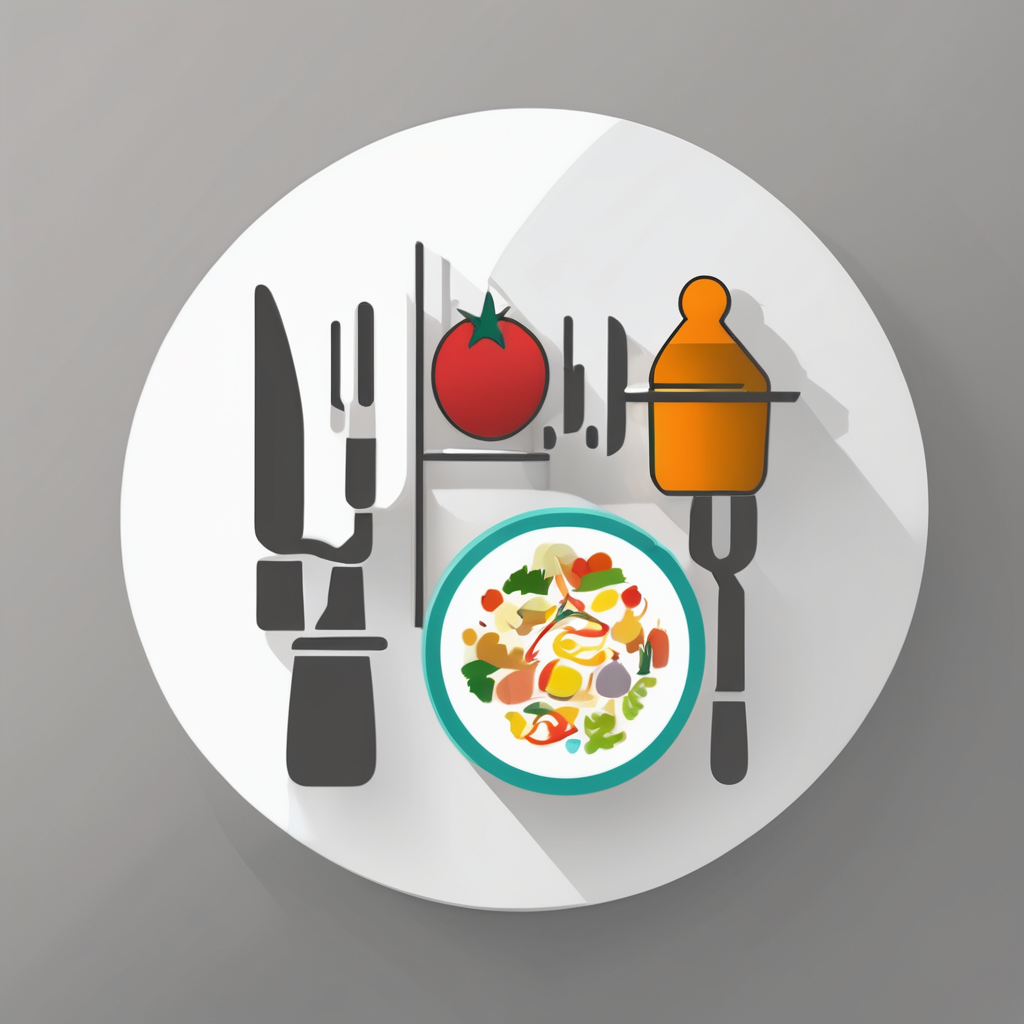Maximizing Kitchen Layout for Improved Workflow
Thoughtful kitchen workflow optimization directly enhances daily cooking performance. By designing an efficient kitchen layout, you reduce unnecessary movement, allowing tasks to flow seamlessly from one station to another. This increases the overall speed and enjoyment of cooking, minimizing fatigue and time wasted searching for tools or ingredients.
Central to an efficient kitchen layout is the concept of the work triangle—the ideal distance and positioning between the sink, stove, and refrigerator. This triangle ensures that these critical areas are easily accessible, reducing steps and streamlining meal preparation. Incorporating defined zones for prep, cooking, and cleaning further optimizes workflow by organizing tasks logically and preventing overlap or congestion in busy kitchens.
Also to read : Crafting the ultimate efficient uk kitchen: design tips and strategies
Accessibility also plays a crucial role. Items used regularly should be stored within easy reach to maintain momentum during cooking. Expert designers highlight how small adjustments, like repositioning appliances or organizing storage vertically, can dramatically enhance cooking performance with minimal renovation. In essence, maximizing kitchen layout is about creating a space that supports natural movements and reduces obstacles — making your kitchen both a pleasure and a powerhouse for efficiency.
Decluttering and Smart Storage Solutions
A cluttered kitchen can make cooking stressful and inefficient. Adopting effective kitchen decluttering methods helps clear surfaces and cupboards, creating a more inviting space. Start by categorizing items: keep daily essentials within easy reach, and store seldom-used gadgets away. Dispose of expired food, duplicate tools, and non-essentials to free valuable space.
This might interest you : Top color palettes to transform your cozy uk kitchen: space-enhancing schemes unveiled
For storage hacks, consider vertical options like wall-mounted racks or magnetic strips for knives and utensils. Use stackable containers and drawer dividers to maximize cupboard space, especially in smaller kitchens. Transparent containers allow quick identification of ingredients while maintaining order.
Whether your kitchen is compact or expansive, tailoring kitchen organization tips to your layout makes a difference. Larger kitchens benefit from designated zones—baking, prepping, and storage—streamlining workflow. Smaller areas thrive with multi-purpose furniture and collapsible storage that adapts to your needs.
Beyond aesthetics, a decluttered kitchen reduces stress and sparks creativity. Open, organized spaces encourage experimentation with new recipes and make meal preparation more enjoyable. By implementing smart storage solutions, you foster a calming and efficient environment suited to daily cooking rhythms.
Organization Systems That Transform Cooking Habits
Small changes in kitchen organization systems can remarkably boost culinary productivity. Start by categorizing utensils by function—keep spatulas, whisks, and knives in designated holders or drawers. This habit reduces time spent searching, letting you focus on your cooking flow.
For spices, consider a tiered rack or magnetic strips inside cabinet doors, which save counter space and make it easy to spot needed seasonings at a glance. Similarly, pantry essentials benefit from clear containers labeled with contents and expiration dates, ensuring you always have what you need without clutter.
Experts emphasize that developing organized kitchen habits improves not only speed but also confidence in meal preparation. With an orderly layout, cooking becomes less stressful, encouraging experimentation and healthier choices. Testimonials from home chefs highlight how these small systems transform their routines—no more scrambling or forgotten ingredients.
A practical tip for maintaining this order is to spend five minutes daily returning items to their places. Consistency in this habit keeps your kitchen organization systems functional and supports ongoing culinary productivity. By nurturing these approaches, you create a space that inspires creativity and joy in cooking every day.
Enhancing Aesthetics and Function with Kitchen Redesign
A successful kitchen redesign harmoniously blends style with utility, transforming everyday cooking into a pleasurable experience. Selecting functional kitchen décor is key; items like attractive storage jars, magnetic spice racks, and versatile lighting fixtures serve dual purposes—they enhance visual appeal while maximizing efficiency. These choices support seamless workflows and declutter countertops, which is essential for a truly functional kitchen.
Consider the impact of kitchen improvements such as installing open shelves or pull-out drawers. These features not only offer elegance through their design but also improve accessibility, making tools and ingredients easier to reach. Such thoughtful enhancements encourage creativity and enjoyment during meal preparation.
Visualizing transformation clarifies the potential: before-and-after scenarios reveal how color schemes, surface materials, and layout adjustments elevate the space. For instance, switching to brighter cabinet finishes coupled with under-cabinet lighting creates an inviting atmosphere, while clever storage redesigns reduce chaos.
Ultimately, a well-planned kitchen redesign inspires daily use, merging aesthetics with practical benefits, turning cooking from a chore into an engaging, enjoyable activity.
Understanding and Evaluating Robot Hoovers
When assessing robot hoovers, it’s vital to focus on core performance metrics like cleaning efficiency, maneuverability, and battery life. These devices use advanced sensors to detect dirt and navigate around obstacles, ensuring thorough cleaning. Precision in navigation technology directly influences how well a robot hoover can clean complex spaces without human intervention. Battery life matters because longer runtimes reduce interruptions, allowing larger areas to be cleaned seamlessly.
Many users ask: How effective are robot hoovers on different surfaces? Typically, high-quality robot hoovers adapt to various floor types, from hard surfaces to carpets, by automatically adjusting suction power. This versatility means better overall cleanliness.
Understanding maintenance is another key aspect. Robot hoovers require regular emptying of dustbins and occasional filter replacements to maintain optimal performance.
Finally, consider user-friendly features such as app control and scheduling. These functions enhance convenience and allow users to fit cleaning into their routines effortlessly.
A well-chosen robot hoover offers a practical, hands-off solution for keeping your home tidy with minimal effort. Exploring models based on these criteria ensures you find the best fit for your lifestyle and cleaning needs.
